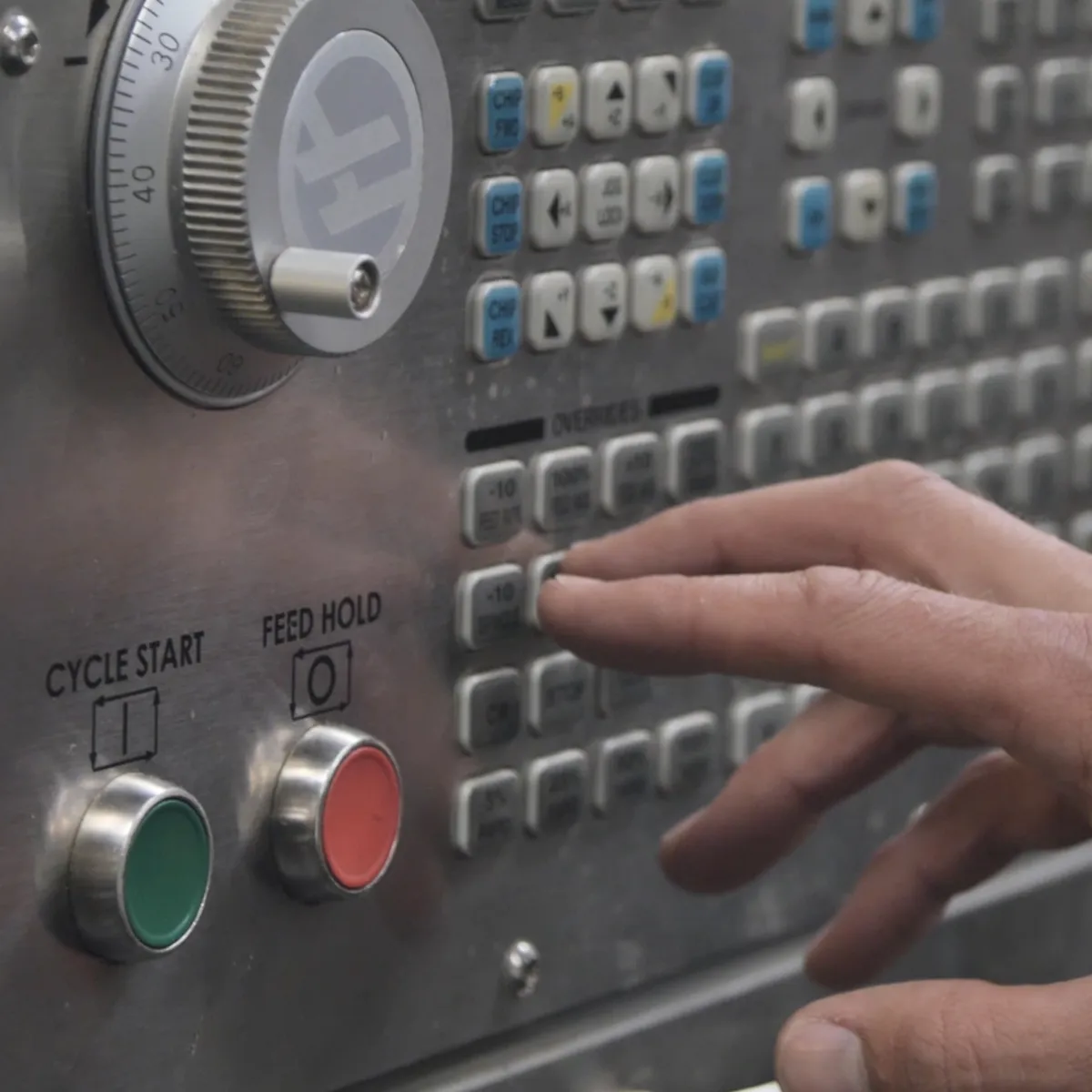
Product Design and Development 
Product Design and Development covers the essential steps of creating a new product, from the initial concept to the application of Value Engineering principles. It also explores the product life cycle and various product design tools. ▼
ADVERTISEMENT
Course Feature
![]() Cost:
Cost:
Free
![]() Provider:
Provider:
Swayam
![]() Certificate:
Certificate:
No Information
![]() Language:
Language:
English
![]() Start Date:
Start Date:
Self Paced
Course Overview
❗The content presented here is sourced directly from Swayam platform. For comprehensive course details, including enrollment information, simply click on the 'Go to class' link on our website.
Updated in [March 06th, 2023]
This course provides an overview of product design and development. Students will learn about the product life-cycle, product policy of an organization, and the product design process. They will also explore value engineering in product design, including advantages, applications, and problem identification and selection. Additionally, students will be introduced to product design tools such as QFD, Computer Aided Design, Robust design, DFX, DFM, DFA, and Ergonomics in product design. The course will also cover DFMA guidelines, product design for manual assembly, design guidelines for metallic and non-metallic products, and rapid prototyping. Finally, students will learn about the needs, advantages, and working principle of SLA, LOM, and SLS.
[Applications]
After completing this course, students should be able to apply the concepts of product design and development to their own projects. They should be able to identify profitable products, analyze functions, and use product design tools such as QFD, CAD, DFX, DFM, DFA, and DFMA. They should also be able to apply ergonomics and rapid prototyping to their designs. Additionally, they should be able to apply design guidelines for metallic and non-metallic products to be manufactured by different processes such as casting, machining, and injection molding.
[Career Paths]
1. Product Design Engineer: Product Design Engineers are responsible for designing and developing products from concept to completion. They use a variety of tools and techniques to create products that meet customer needs and are cost-effective. They must be able to work with a variety of materials and processes, and have a strong understanding of product design principles. The demand for Product Design Engineers is increasing as companies look to create innovative products that meet customer needs.
2. Product Development Manager: Product Development Managers are responsible for overseeing the development of products from concept to completion. They must be able to manage a team of engineers and designers, and ensure that the product meets customer needs and is cost-effective. They must also be able to identify and address any potential issues that may arise during the development process. The demand for Product Development Managers is increasing as companies look to create innovative products that meet customer needs.
3. Quality Assurance Engineer: Quality Assurance Engineers are responsible for ensuring that products meet customer requirements and are of the highest quality. They must be able to identify and address any potential issues that may arise during the development process. They must also be able to use a variety of tools and techniques to ensure that products meet customer needs and are cost-effective. The demand for Quality Assurance Engineers is increasing as companies look to create innovative products that meet customer needs.
4. Manufacturing Engineer: Manufacturing Engineers are responsible for designing and developing manufacturing processes for products. They must be able to identify and address any potential issues that may arise during the manufacturing process. They must also be able to use a variety of tools and techniques to ensure that products are manufactured efficiently and cost-effectively. The demand for Manufacturing Engineers is increasing as companies look to create innovative products that meet customer needs.
[Education Paths]
1. Bachelor of Science in Product Design and Development: This degree program focuses on the development of products from concept to completion. It covers topics such as product design, engineering, manufacturing, and marketing. Students learn how to create innovative products that meet customer needs and market demands. This degree is becoming increasingly popular as companies look for ways to stay competitive in the global market.
2. Master of Science in Product Design and Development: This degree program builds on the knowledge gained in a bachelor's degree program. It focuses on advanced topics such as product design, engineering, manufacturing, and marketing. Students learn how to create innovative products that meet customer needs and market demands. This degree is becoming increasingly popular as companies look for ways to stay competitive in the global market.
3. Doctor of Philosophy in Product Design and Development: This degree program focuses on the research and development of products from concept to completion. It covers topics such as product design, engineering, manufacturing, and marketing. Students learn how to create innovative products that meet customer needs and market demands. This degree is becoming increasingly popular as companies look for ways to stay competitive in the global market.
4. Master of Business Administration in Product Design and Development: This degree program focuses on the business aspects of product design and development. It covers topics such as product design, engineering, manufacturing, and marketing. Students learn how to create innovative products that meet customer needs and market demands. This degree is becoming increasingly popular as companies look for ways to stay competitive in the global market.
Course Provider

Provider Swayam's Stats at AZClass
Product Design and Development covers the fundamental steps in creating a new product, from initial concept to the application of value engineering principles. It enables learners to understand the different stages of the product life cycle, from conception to retirement, and the importance of product policy in an organization. Learners can learn the advantages of value engineering in product design and how to identify and select problems, analyze functions and use functional analysis system techniques. They can also learn design guidelines for metal and non-metal products manufactured through different processes such as casting, machining and injection molding.
Discussion and Reviews
0.0 (Based on 0 reviews)
Explore Similar Online Courses
![Professional Advertising & Graphic Design [Mascot&Logo]](/ccsimg/dcs/img_tools/dcs_img_1692145271_d47c47948d1f506a068b4585c3706f9b.webp)
Professional Advertising & Graphic Design [Mascot&Logo]

Mental Health: Learn Mindfulness

Python for Informatics: Exploring Information

Social Network Analysis

Introduction to Systematic Review and Meta-Analysis

The Analytics Edge

DCO042 - Python For Informatics

Causal Diagrams: Draw Your Assumptions Before Your Conclusions

Whole genome sequencing of bacterial genomes - tools and applications

Cyber Security in Manufacturing

Creating Toolpaths for a CNC Lathe


Start your review of Product Design and Development